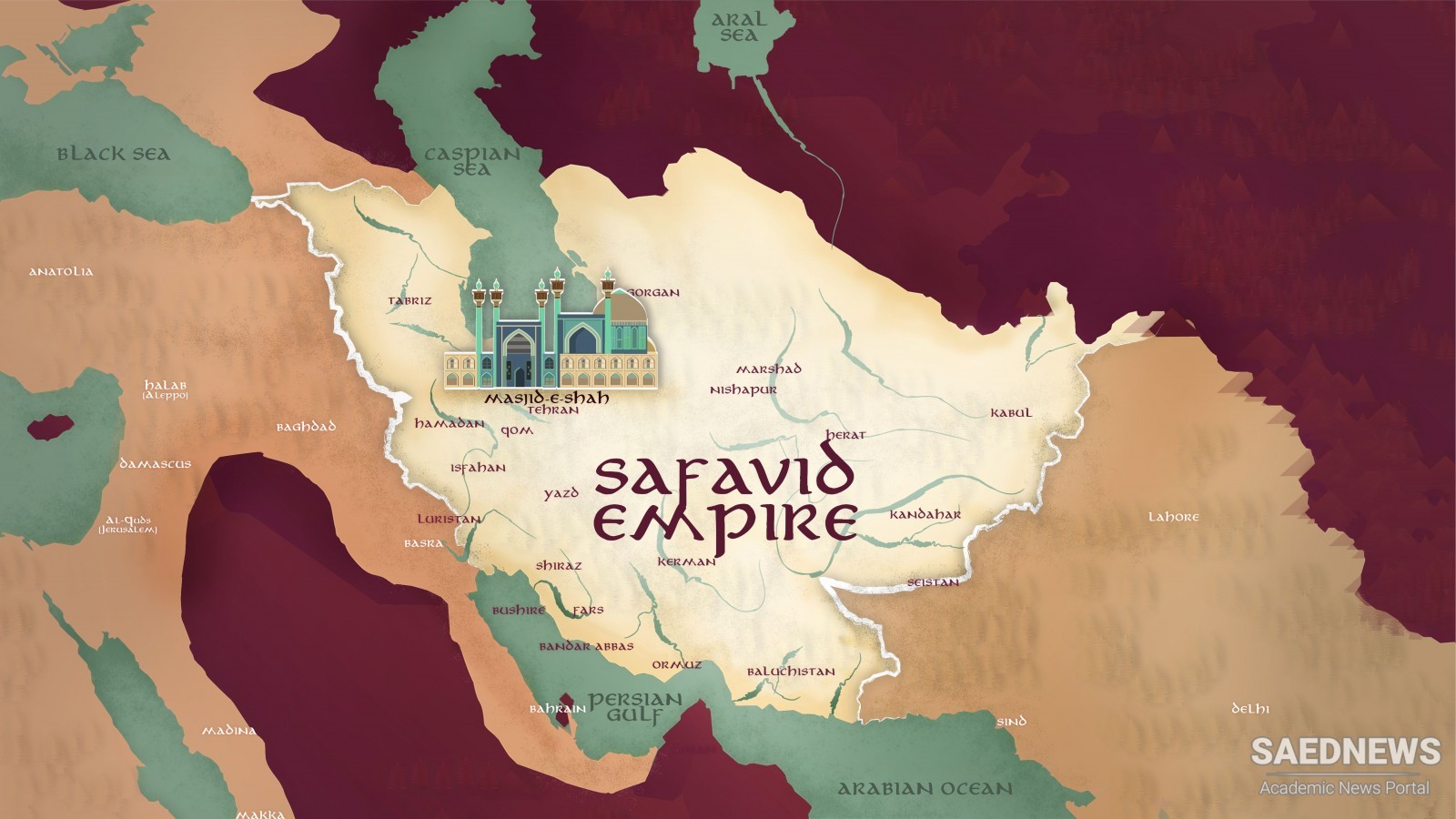In a relatively short period Ismail had won control over both the territory of the Aq Quyunlu and the rest of Persia, with the exception of a few small areas. Apart from the Uzbek khan Muhammad Shaibanl, he had not come across any truly dangerous opponent. Admittedly he had not been greeted everywhere by a jubilant populace. There were cities like Kashan and Qum with an old-established Shia population which clearly welcomed a Shia ruler. In several places, too, the propaganda which preceded his arrival and the reputation of his fascinating personality doubtless prepared the ground; similarly, the far-reaching intellectual climate of Folk Islam had favourable consequences for him. These circumstances doubtless facilitated for many their conversion to the new faith. Nevertheless, it would be wrong to think that in the course of the expansion of the Safavid state the population of Persia was converted overnight from the Sunna to the Shia. The propagation of the Shia was not accomplished uniformly or with unqualified success or without conflict. There are even grounds for supposing that decades after the commencement of Safavid rule, for instance, in Khurasan (where there was to be no lack of Sunnis at the time of the Uzbek conquest in 997/15891 ), and probably in other parts of the realm too, adherents of the Sunna continued to practise their creed in secret. But in the course of these conquests there were also fervent Sunnls who refused to relinquish their religious principles and were not prepared even to make a pretence of being converted. In such cases - for example, in Baghdad or Herat - Ismail reacted with brutal severity, ruthlessly executing theologians, scholars and even poets who refused to accept the Shia faith. We also know that Ismail prepared for his seizure of power by despatching envoys to mobilise his supporters in Anatolia. It has been suggested that the purpose of his march to Arzinjan may have been to shorten the march of the Qizilbash hastening to meet him from the west and thus to have them at his disposal at the earliest possible moment. It is true that many Anatolian Turkmens flocked to Ismail's standard when he embarked on his first exploits. In the first ten years of his rule this influx grew year by year. The reason lay above all in his military successes, but also in his reputation for generosity in thedistribution of booty, news of which spread rapidly throughout the Near East. Adventurousness and religious zeal played their part. Although the desire to join Ismail's army at an opportune moment before the final triumph of the Safavid movement may have been a contributory factor, it was not merely that kind of motive which drove so many Turkmen tribesmen into the Safavid camp. An additional reason was the persistent economic crisis among the population of Asia (Source: The Cambridge History of Iran, vol. 6).


 Safavid Kingdom and Ethnic Capacities of Persia
Safavid Kingdom and Ethnic Capacities of Persia














































